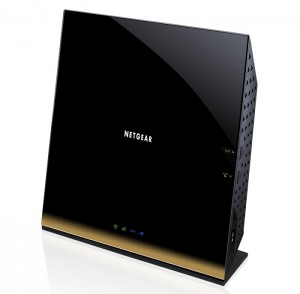The acronym MAC address stands for media access control address. A MAC address is a unique identifier for your network interfaces. For example, on your computer, your wireless card and your Ethernet card will each have its own unique MAC address.
These days, Wi-Fi is becoming more and more common. Due to this, stealing Wi-Fi is also becoming more of an issue. If you have a wireless router in your home, you will definitely want to secure your network by adding a network password key to your router. When you do this, I would recommend using WPA over WEP as well. WEP is much easier to hack when compared to WPA. On top of this, I would suggest setting up MAC address filtering. The reason I suggest this is because hackers are getting better and better at cracking into Wi-Fi networks. At this point, WPA is generally considered pretty safe. However, WEP was considered pretty safe at one point and nowadays and good hacker can crack into a WEP network in a few minutes. By adding MAC address filtering, you add an extra layer of protection to your Wi-Fi network.
How to setup MAC address Filtering
Mac Address Filtering is reasonably easy to setup, especially if you are already familiar with how to login to your router configuration utility. The first step to setting up the filtering is to login. Most of the time, you can simply open a browser and type in 192.168.0.1. This is the default address of most routers. This should bring up a login screen. If you don’t know the login credentials, you can consult your manual for the default username and password. (Side-note: If you haven’t changed the default router password, I would highly suggest changing this as well.) After you are logged into your router, you will want to look for the security settings. There will most likely be a MAC filter or MAC Filtering tab or option. Click on this and turn “on” MAC Filtering. If you have trouble finding this, you can check your router manual for this. At this point, you will need to add the MAC addresses of the devices you wish to allow on your network. This includes all laptops, smartphones, gaming systems, and tablets, pretty much anything that you want to use on Wi-Fi.
Find your MAC Address
Finding a mac address is pretty simple. In Windows 7, click the Start icon, then type “cmd” into the search box. This will bring up a command prompt window. At this point, simply type in “ipconfig /all”. This will bring up a big list of network adapter data. If you look for your “Wireless LAN adapter”, you should be able to find the information for your wireless adapter. Look for the line item “Physical Address”. This will be the MAC Address.
Hopefully at this point you have MAC address filtering setup and your network is a little bit safer from hackers.

